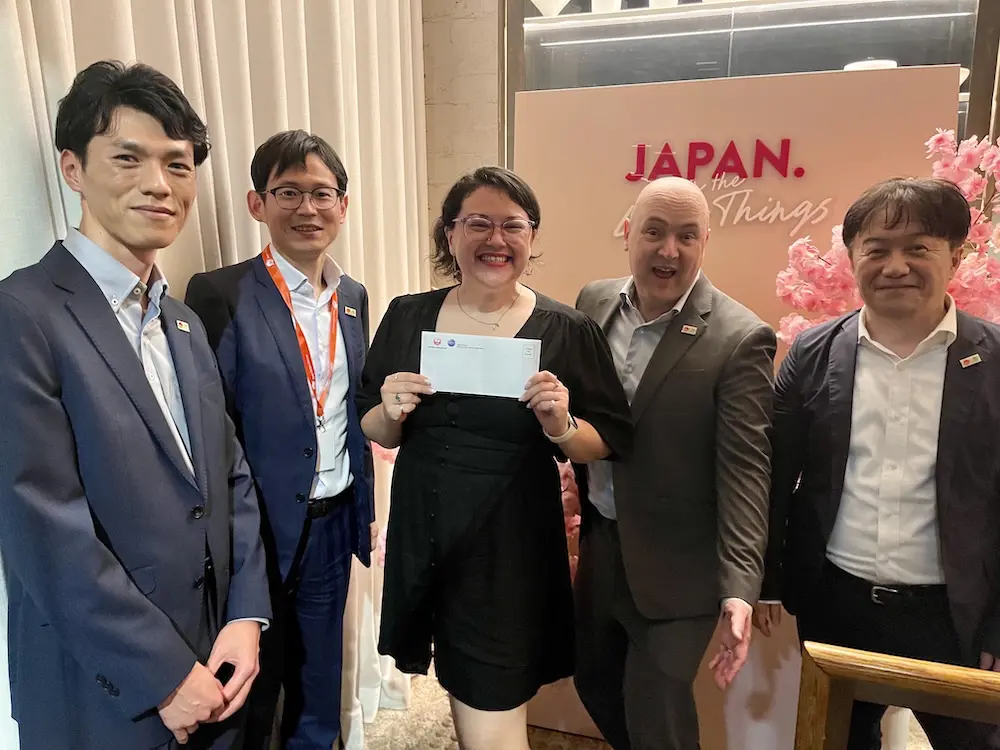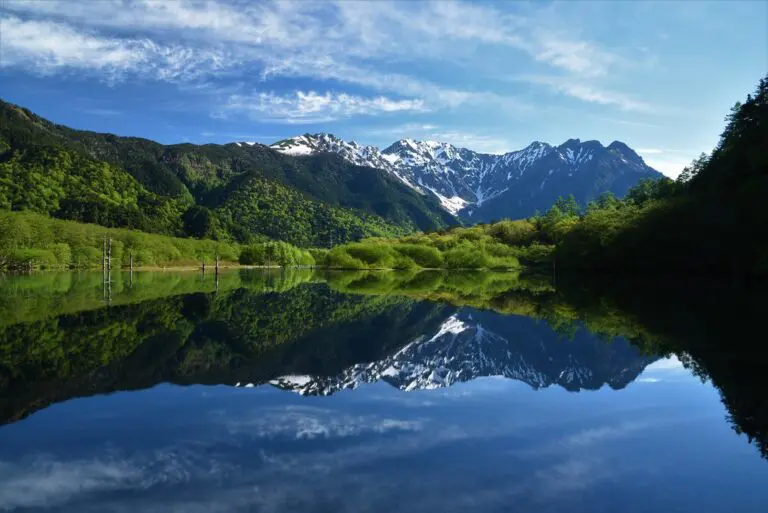If you thought Australians’ love affair with Japan couldn’t grow any stronger, you’d be wrong. After a record-breaking year for Aussie tourism to Japan in 2023, travel to the Asian nation is expected to swell even higher in 2025. And not just by a little more.
Speaking to Karryon and other media at an intimate dinner in Sydney on Thursday night, Japan National Tourism Organization (JNTO) Executive Director for Australia, Naoki Kitazawa said visitor numbers to the country from Down Under between January and September totalled a record 637,300 – a massive increase of 42 per cent over the same period in 2019.
“I believe that this year, there will be over 850,000 visitors to Japan, so I ask for your continued support to make this happen,” he said.
But it isn’t just the number of travellers that’s making an impression; it’s also the quality of visitors.
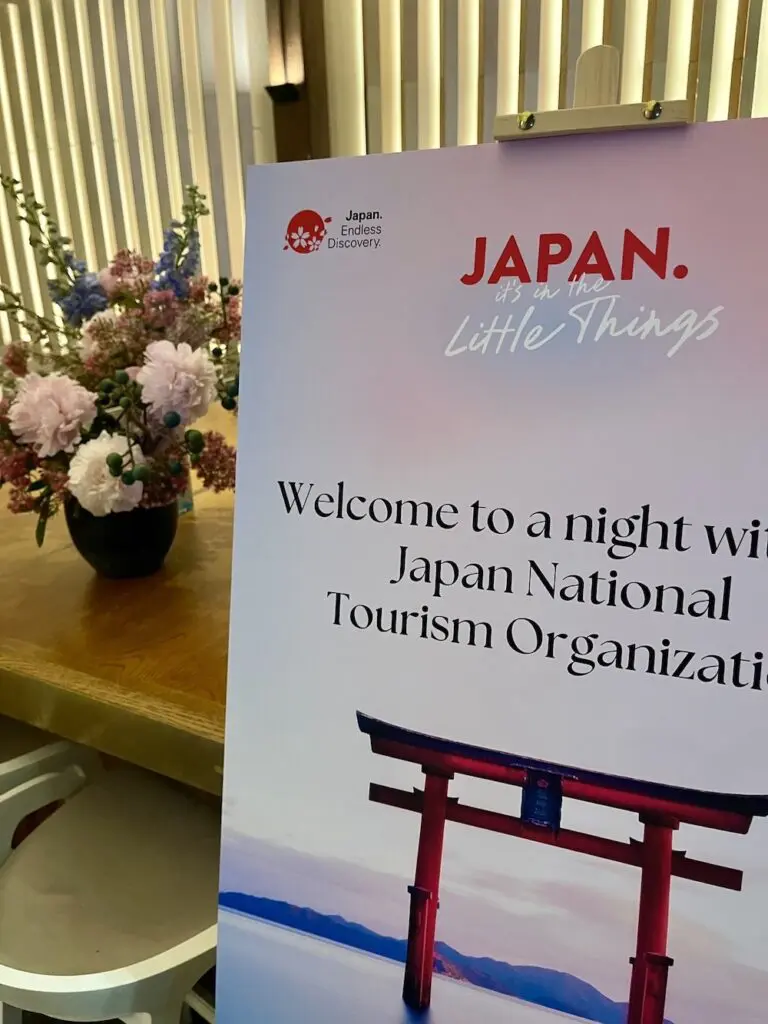
“Australian visitors stay for a long time when visiting Japan – longer than any other market… ranking first in the world for length of stay in Japan,” Kitazawa explained.
“That’s why Australian visitors are the most important customers for Japan.”
With its dazzling blend of tradition and modernity, Japan has quickly become one of Australia’s most popular holiday destinations.
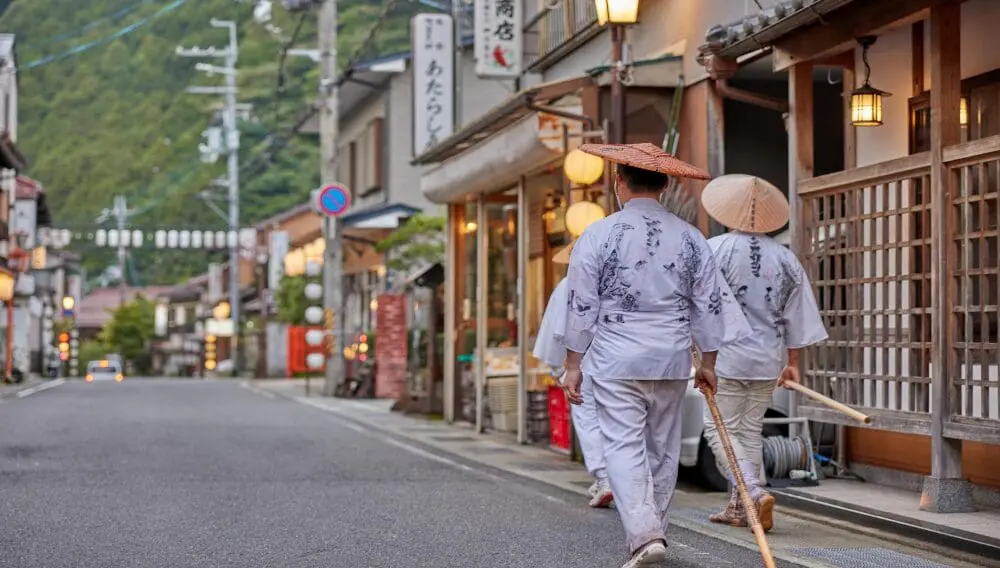
And if there wasn’t already enough to lure visitors to the country, next year, Osaka will host one of the year’s biggest events, Expo 2025.
Speaking at the dinner, JNTO Sydney Senior Assistant Marketing Director Andy Coombs said Expo 2025 is expected to attract over 28 million visitors, including more than 3 million international guests.
“I hope we can get maybe 100,000 Aussies visiting,” he added.
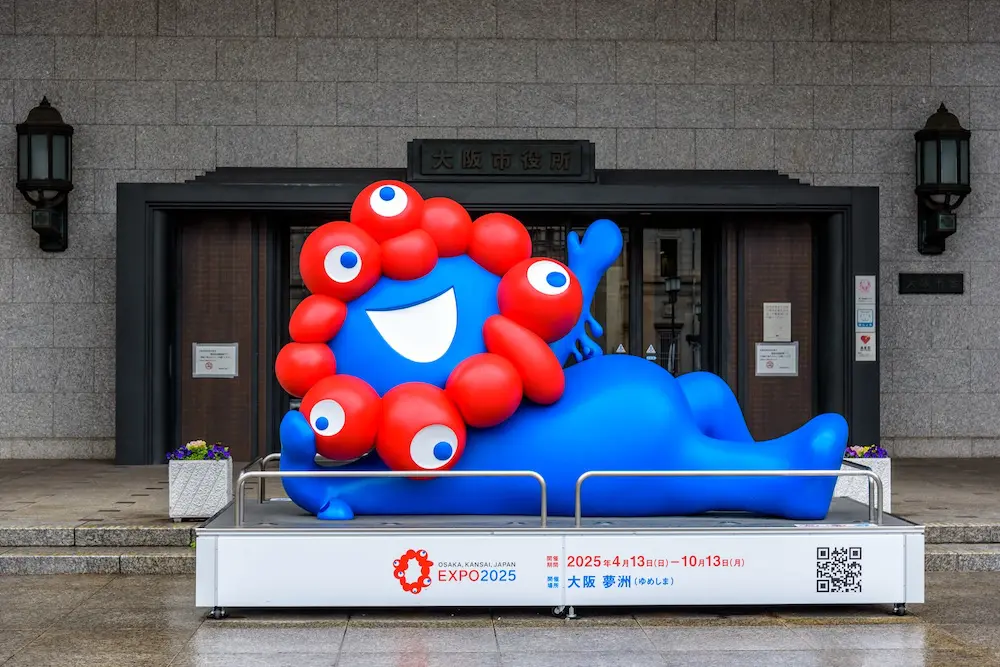
Among the key attractions at Expo 2025 (aside from the always-interesting choice of mascot, Myaku Myaku) will be the Grand Rim, a 675-metre diametre wooden structure within which much of the Expo will occur, Australia’s Chasing the Sun pavilion and a nightly water light show called Under the Midnight Rainbow.
According to Coombs, JNTO is currently focusing on three broad themes to promote travel to Japan: sustainability, adventure and luxury.
But the first point is particularly salient, given the nation’s fast-growing popularity.
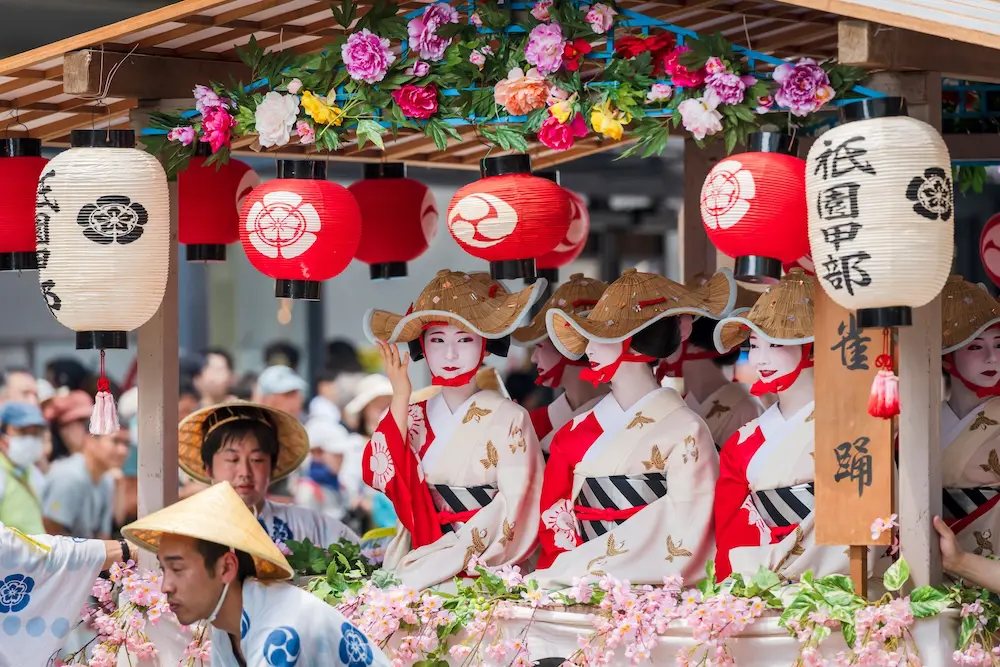
Whilst Japan welcomes tourists, it is also a country that expects its visitors to be well-behaved. To help promote this cultural sustainability push, places like Kyoto – probably the most popular city after Tokyo – have issued guidelines for tourist behaviour. These include encouraging travellers to “move more like a local” and being eco-friendly to help keep Kyoto “authentic”.
The Sydney event, held at Kuro restaurant, saw guests enjoy a special “bamboo” cocktail, a three-course Japanese-inspired dinner and a presentation by Simply Native, a Sydney Japanese store which showcases “Shokuninsei” (craftsmanship).
For more information, visit the JNTO website.
